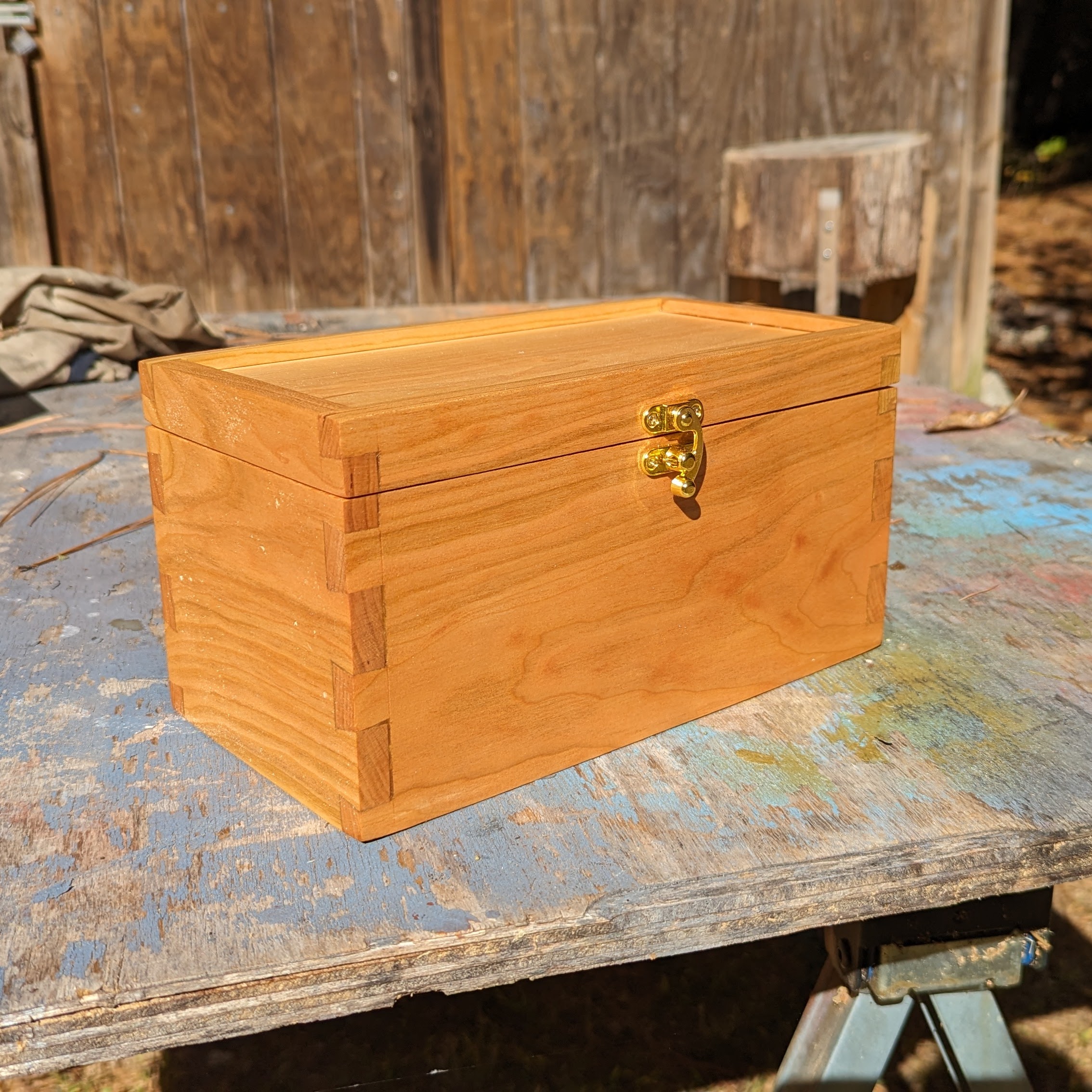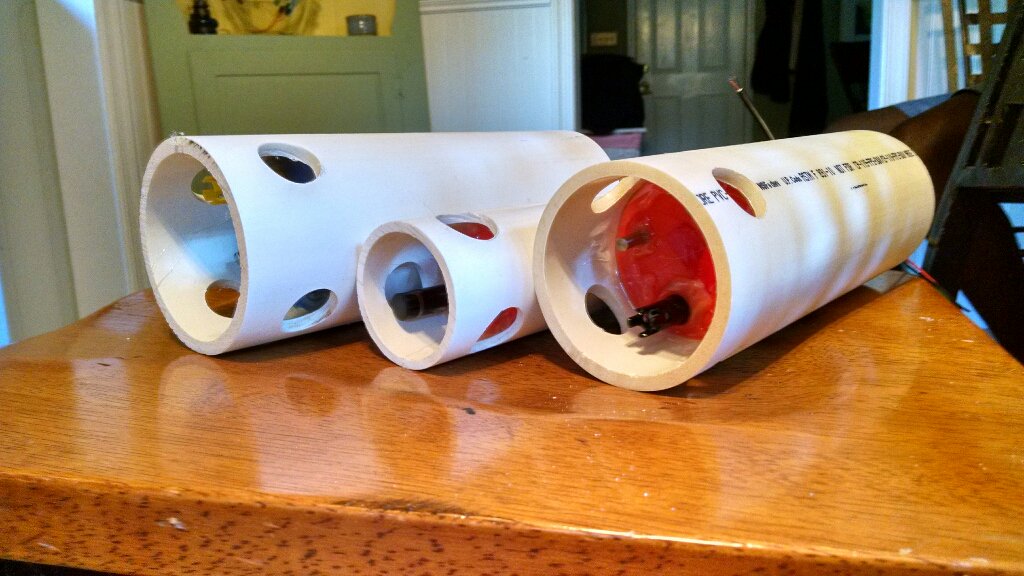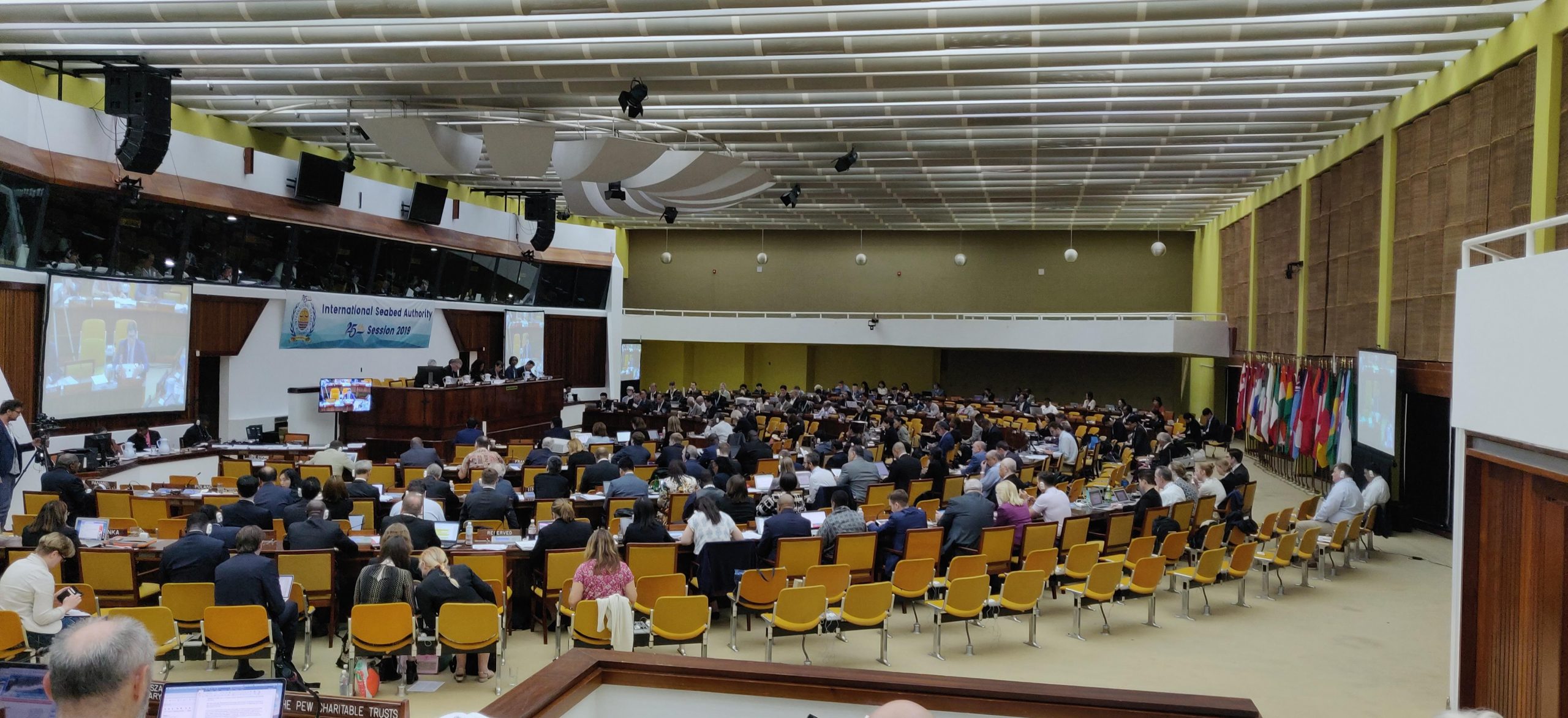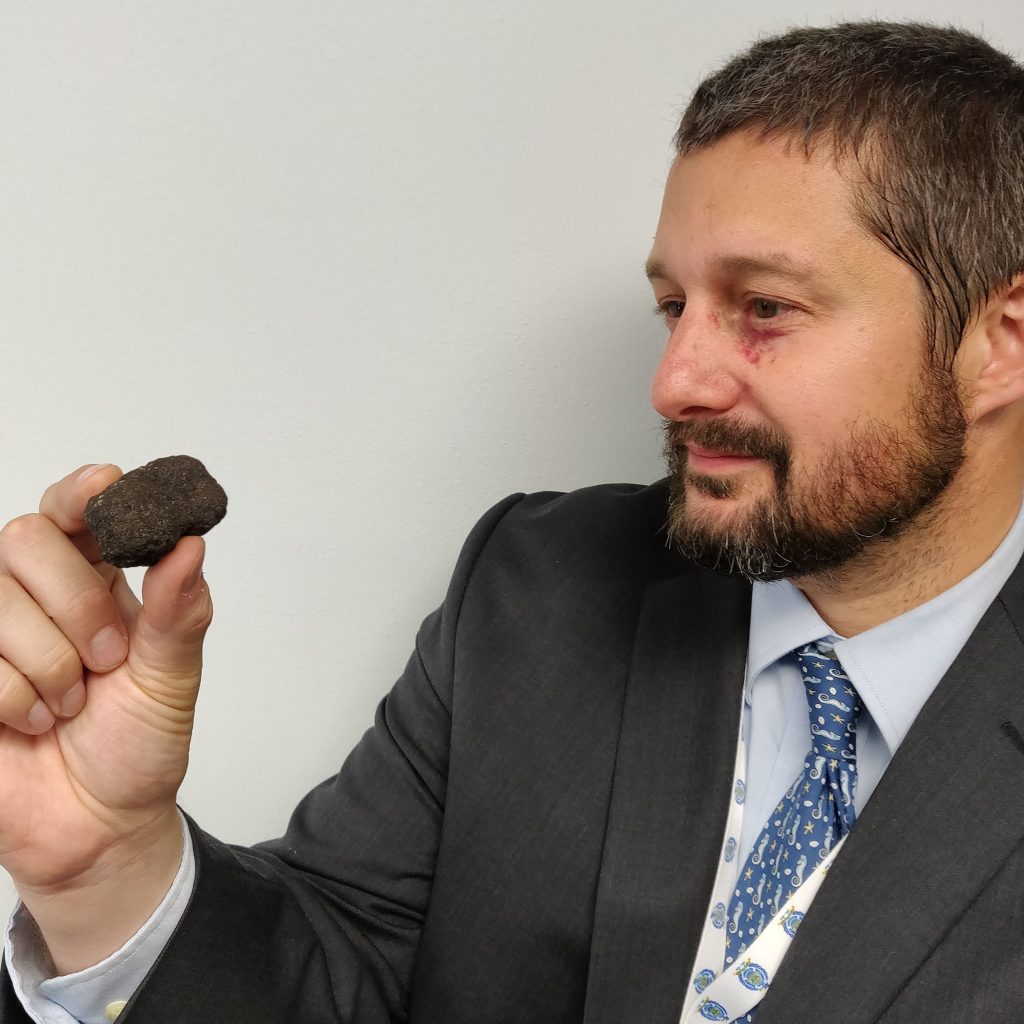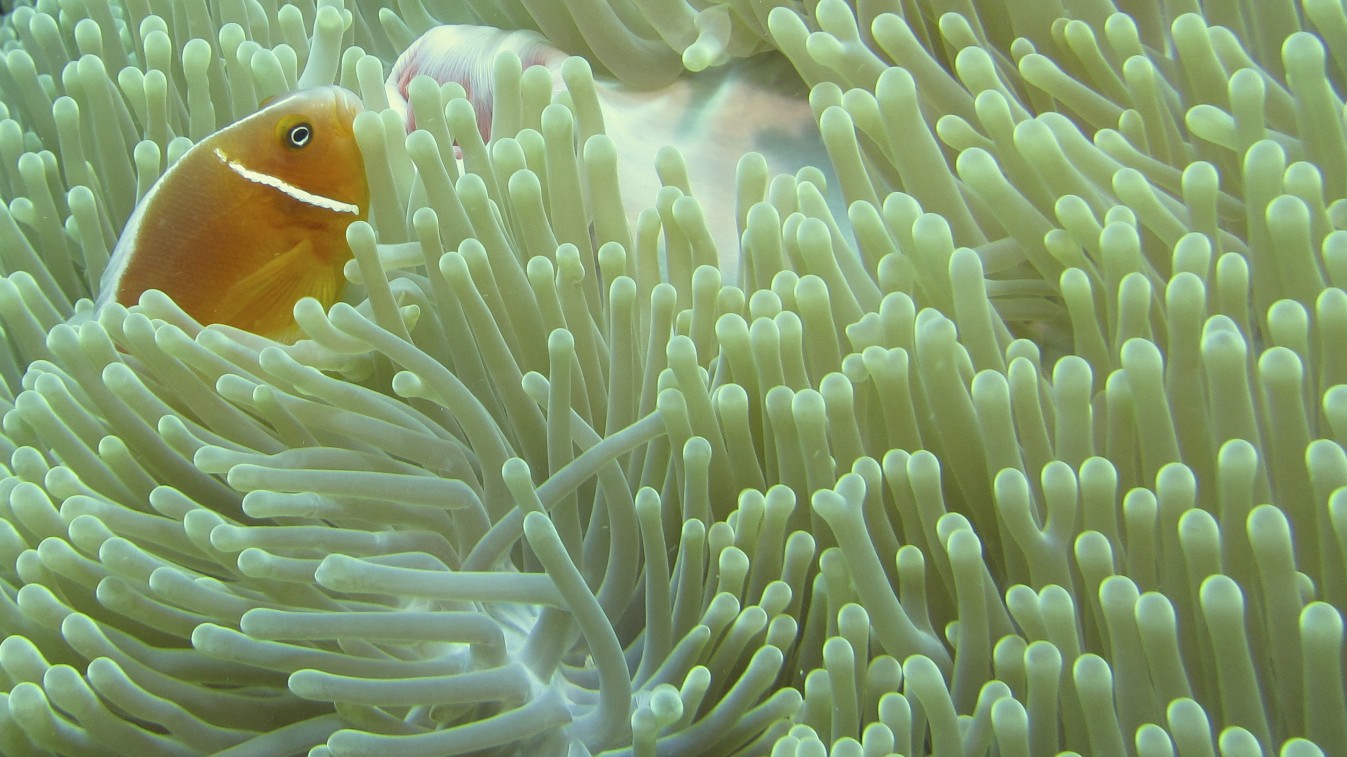Biden unveils an Ocean Climate Action Plan
President Biden unveiled the nation’s first climate action plan specifically targeting ocean health. The Ocean Climate Action Plan advance several key climate initiatives, including providing 40% of federal investment benefits relating to climate change to disadvantaged communities; producing 30 gigawatts of energy from offshore wind by 2030; conserving at least 30% of U.S. lands and waters by 2030; and achieving zero emissions from international shipping no later than 2050. It’s a huge step forward and possibly one of the most consequential pieces of ocean policy since the Guano Islands Act.
Biden also announced plans to expand the Pacific Remote Islands Marine Monument, this would dramatically increase the proportion of protected oceans in US waters and get us closer to the 30 by 30 goal. The call also includes potentially renaming the Monument and several of the islands to recognize the history and heritage of Pacific islanders rather than the legacy of imperialism and colonization.
No word yet on the expansion of the Marianas Trench Marine National Monument.
